Top Five Things I Wish I Had Known Before Starting My Intern Year
SheMD
MAY 23, 2023
To all the 4th year medical students out there CONGRATULATIONS! We know Match Day was not exactly how you pictured in this post-COVID19 world, but it is still a huge accomplishment and you should be so proud! While the world is a little different right now than we thought it would be, we know that you all are both excited and anxious to begin your residency.

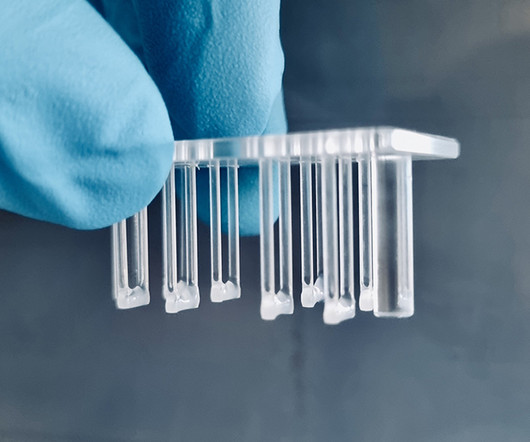
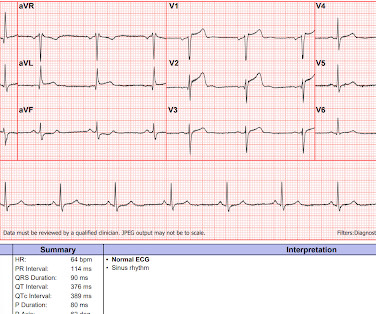
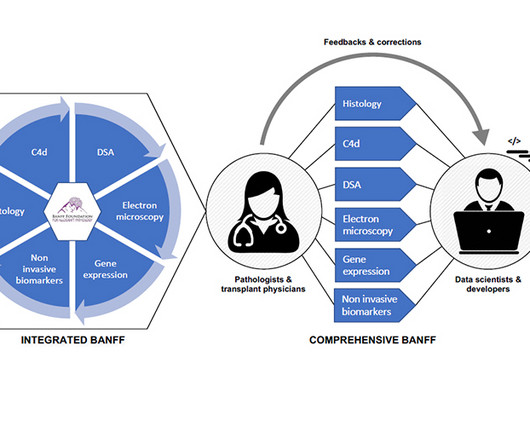
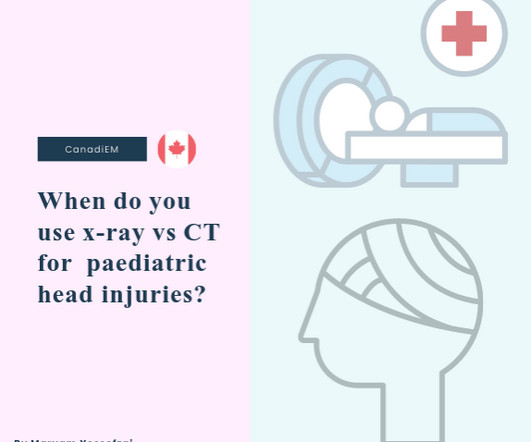
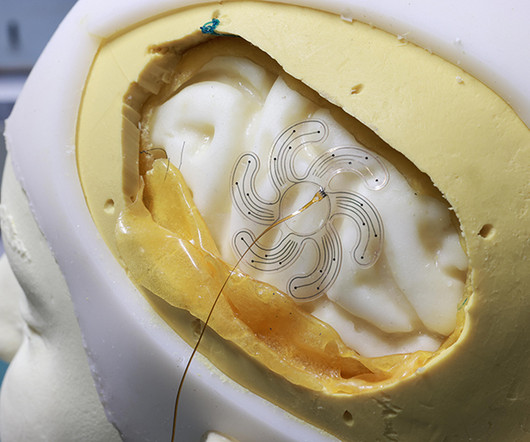

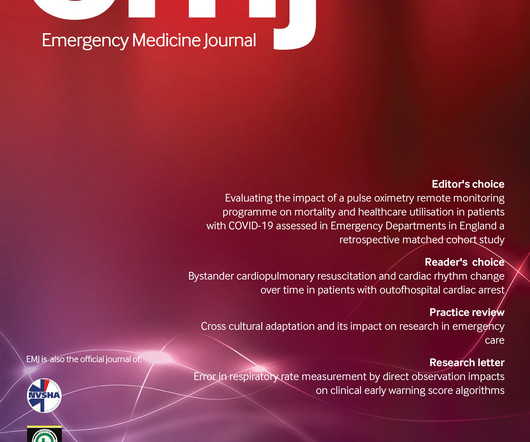
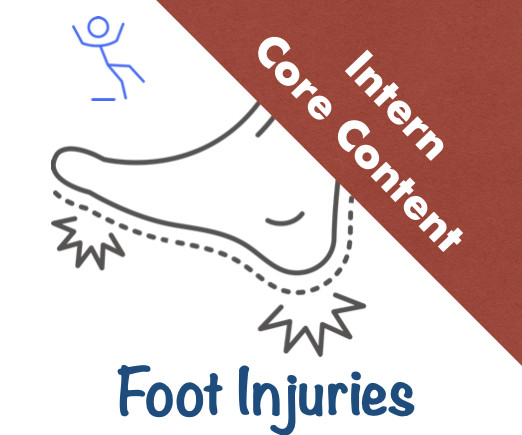

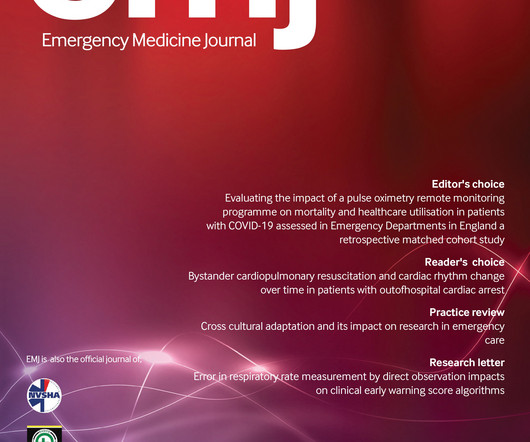

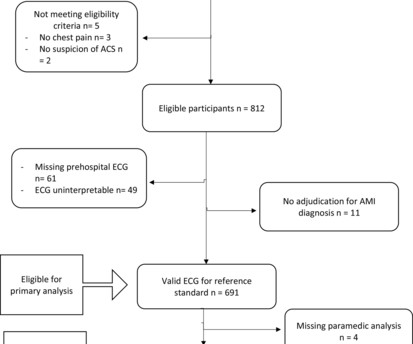

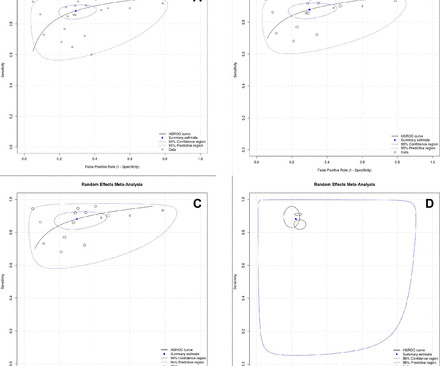
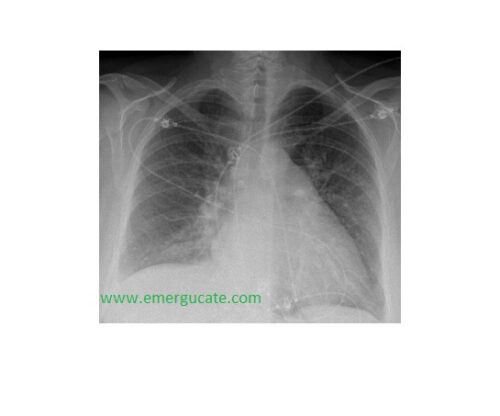





















Let's personalize your content